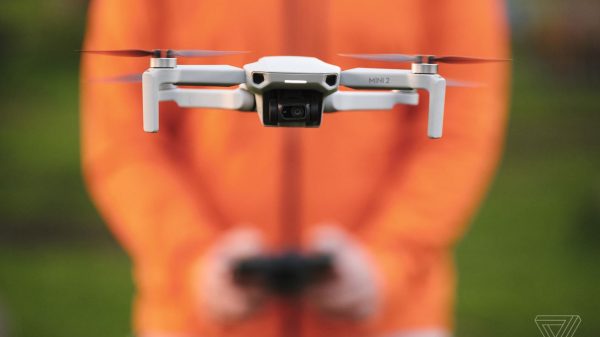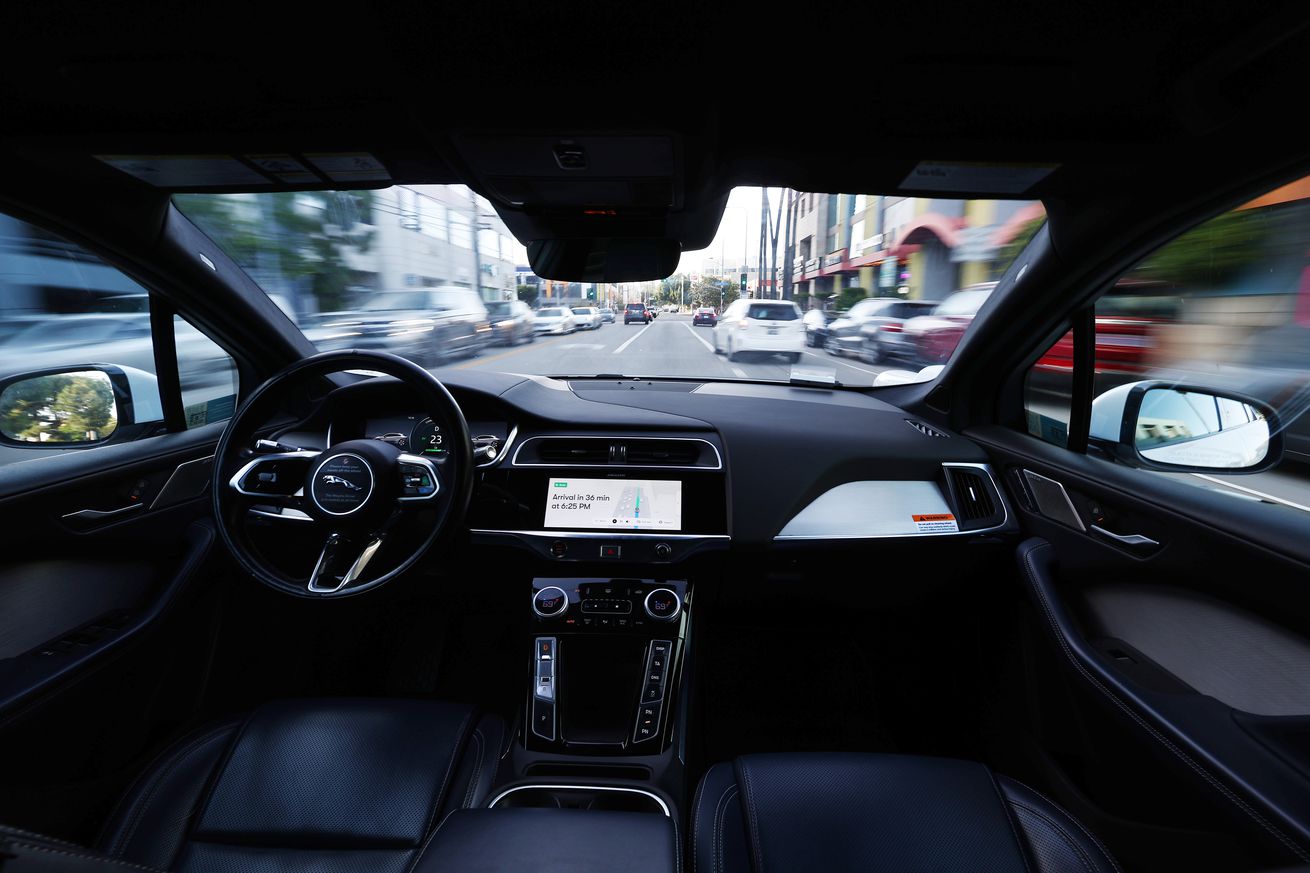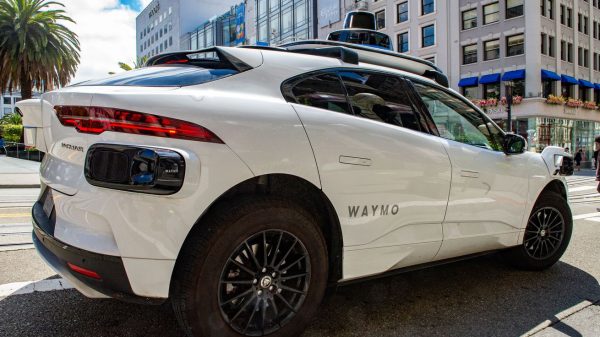
While its rivals have been stuck in perpetual testing or forced to shut down completely due to dry coffers, Waymo has quietly amassed a legitimate robotaxi business that continues to grow and evolve. And today, it showed off a few numbers that underscore just how far ahead of the rest of the industry it is.
Chief among those is the number 4 million, which is how many driverless rides the company provided in the three cities in which it operates: Phoenix, San Francisco, and Los Angeles. Waymo says it has provided a total of 5 million driverless rides in its three key markets, which means nearly all of its growth took place this year alone.
Waymo’s service area is small but growing — the company says that it services 500 square miles cumulatively across all three of its main cities, as well as Austin, where it is still operating with a waitlist. The company plans to launch in Atlanta and Miami and recently said it would test its vehicles in Japan.
Waymo riders spent a cumulative 11 million hours in the company’s autonomous vehicles. And since switching over to electric vehicles only, Waymo has helped avoid over 6 million kilograms of CO2 emissions. (Assuming an avoided emissions rate of 237g / passenger mile, vehicle occupancy of 1.5 passengers, and average trip length of 4.1 miles.)
Today, every Waymo customer will receive their own personalized Year in Review through the company’s Waymo One app. Think of it as a Spotify Wrapped for fully driverless vehicles. They’ll see their own stats, including miles traveled, emissions avoided, favorite destinations, and more.
/cdn.vox-cdn.com/uploads/chorus_asset/file/25794790/Waymo_YIR_UX.jpg)
The most popular destinations in each city this year were Sky Harbor International Airport in Phoenix, the Ferry Building in San Francisco, and The Grove shopping center in LA. The company only started providing 24/7 service to Phoenix’s airport in August 2024, so its ranking as the top destination in that city just goes to show how important airport service will be for the company.
The fact that Waymo has facilitated 4 million trips in three cities, while only serving one airport, is pretty amazing and could speak to the company’s future prospects as its technology continues to mature. Airports are a major source of revenue for human-powered ridehail companies like Uber and Lyft.
But Waymo is also facing an uncertain future with mounting regulatory and financial pressures. Tariffs on Chinese vehicles and software could stymie its growth plans. President-elect Donald Trump is said to want a regulatory framework for AVs — whatever that means. But lowering costs is going to be increasingly important for Waymo as it looks to expand to new cities.
Alphabet doesn’t break out Waymo’s costs in its earnings report, but its “Other Bets” unit, which includes the robotaxi company, brought in $388 million in revenue in the third quarter of 2024, up from $297 million a year ago. And the unit’s losses decreased slightly to $1.12 billion from $1.94 billion in the year-earlier period. Alphabet recently led a $5.6 billion funding round for Waymo to help it cover costs as it eyes its next phase of growth.
As it grows, pricing will become a bigger challenge. So far, Waymo has settled into the “premium” tier of ridehail services like Uber Black. Those retrofitted Jaguar I-Pace vehicles cost a lot to equip with all the sensors and hardware that help them navigate the roads autonomously. And the 175,000 trips a week that Waymo is doing aren’t nearly enough to recoup those costs.
Another challenge will be expanding the types of service it provides. Right now, it’s only providing trips to one airport, in Phoenix. It will need to expand in its current and future markets if it wants to remain a viable mobility option. And it will need to get more comfortable riding on the highway, which it only does in limited cases.
Safety is also a big hurdle. While Waymo has published a number of studies that indicate its vehicles are safer than human drivers, there are still a lot of lingering questions around passenger safety. Waymo vehicles have been targeted for harassment and vandalism. And they have occasionally come into conflict with emergency vehicles.
But Waymo has novelty on its side — and its customers often give it high marks for the ability to customize their rides, such as playing their own music and setting the temperature to their liking. It may be enough to propel the company to another huge year in 2025.
























